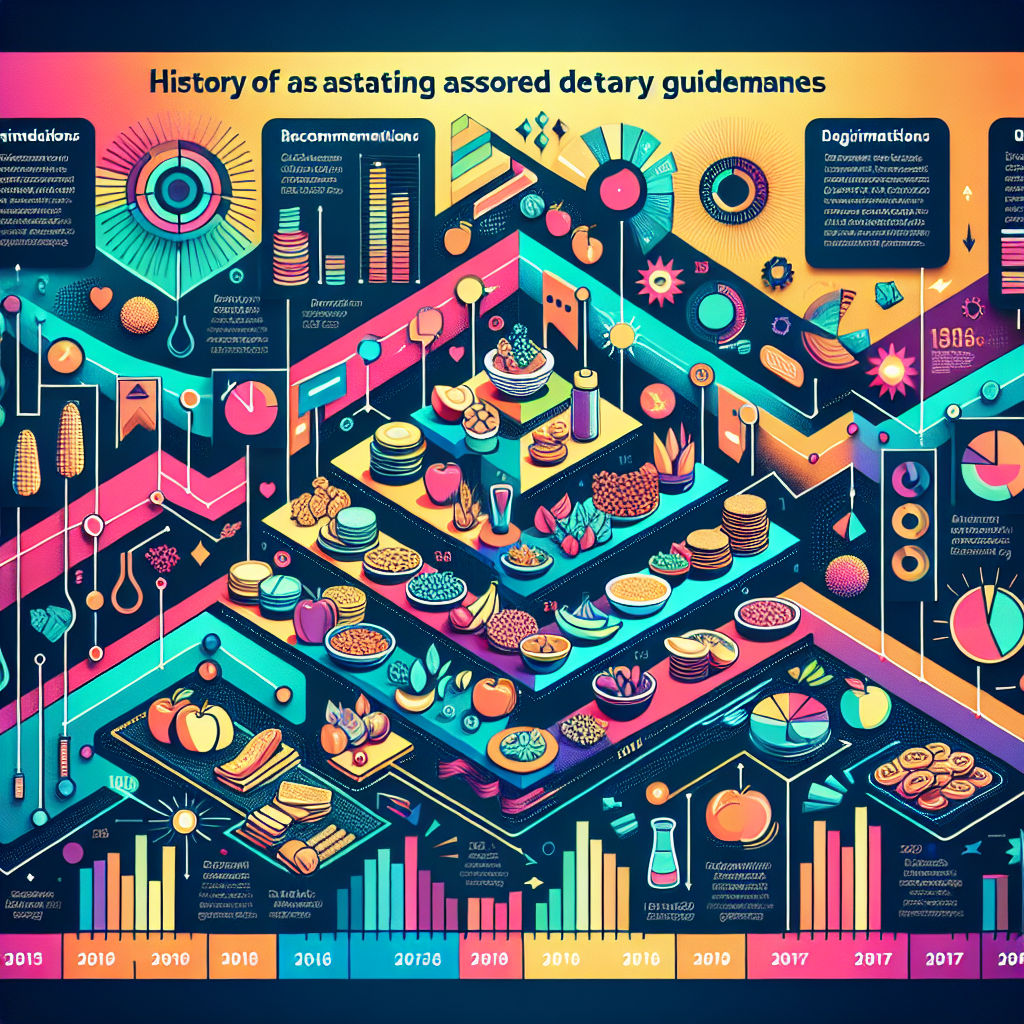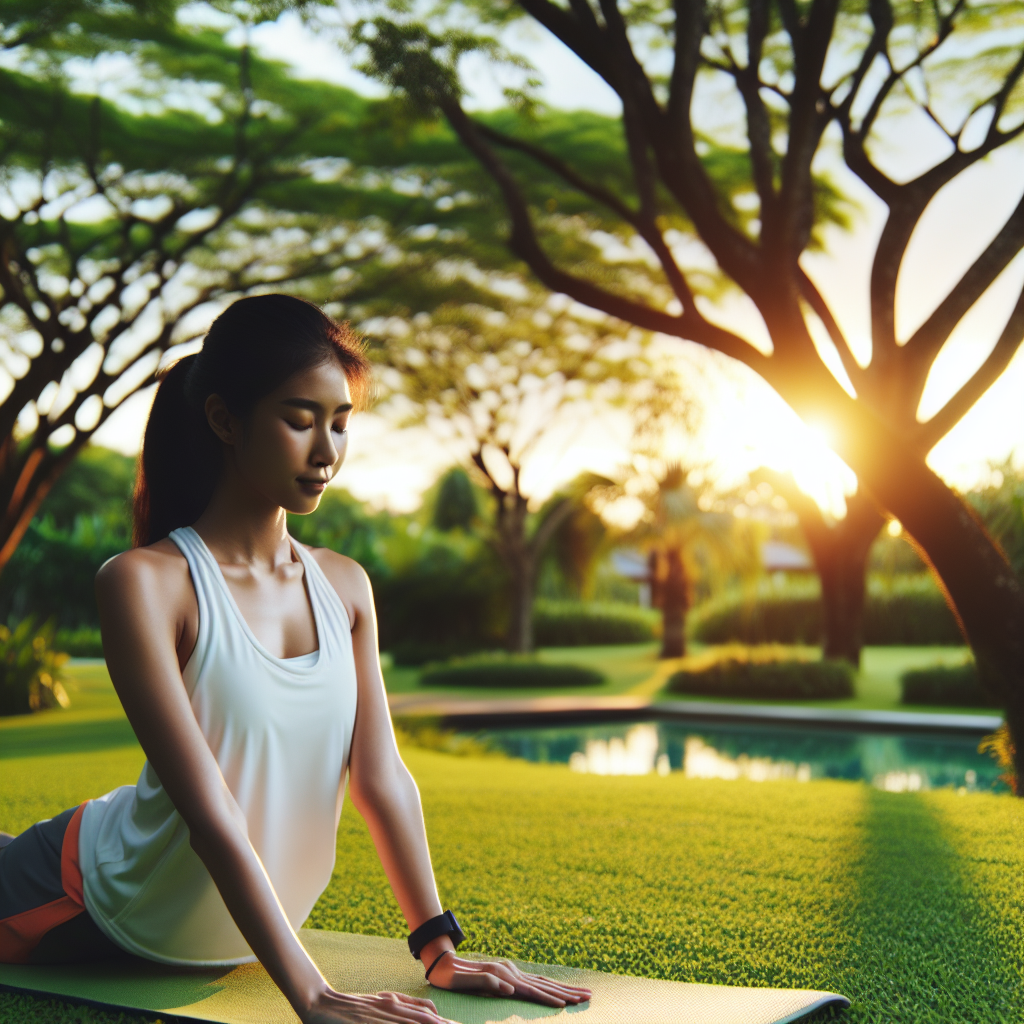The Rise of Sustainable Fashion: Influencer Recommendations
In recent years, there has been a noticeable shift towards sustainable fashion, and influencers are playing a significant role in promoting this movement. The rise of sustainable fashion has been a hot topic on social media, with influencers using their platforms to advocate for eco-friendly and ethical practices within the fashion industry. From promoting clothing made with organic and recycled materials to endorsing brands that prioritize fair labor practices, these influencers have been instrumental in shaping the conversation around sustainability in fashion. Their recommendations carry significant weight, influencing their followers to embrace more environmentally conscious shopping habits.
With the increasing awareness of the environmental impact of fast fashion, influencers are leveraging their social media presence to educate their audience about the benefits of sustainable fashion. By showcasing stylish and eco-friendly outfit choices, they are inspiring their followers to make more conscious purchasing decisions. Additionally, many influencers are collaborating with sustainable fashion brands, further amplifying the visibility of ethical and environmentally friendly fashion options.
As consumers become more mindful of the consequences of their fashion choices, influencers are using their platforms to highlight the importance of embracing sustainable fashion. By sharing their personal experiences and showcasing the latest sustainable fashion trends, these influencers are reshaping the landscape of social media and encouraging their followers to embrace a more sustainable approach to fashion.
How Social Media Influencers Are Redefining Streetwear Culture
Social media influencers have been at the forefront of redefining streetwear culture, bringing new energy and creativity to this fashion trend. With their massive followings and unique sense of style, influencers are reshaping the way streetwear is perceived and embraced. Platforms like Instagram, TikTok, and YouTube have become the epicenter for showcasing the latest streetwear aesthetics, creating a global stage for emerging trends to take center stage.
One of the key ways in which social media influencers are redefining streetwear culture is by breaking traditional fashion norms and encouraging a more inclusive approach to style. Influencers are championing diversity and individuality, embracing streetwear as a form of self-expression that transcends conventional boundaries. This shift has led to a surge in gender-neutral and size-inclusive streetwear lines, reflecting the evolving ethos of inclusivity perpetuated by influencers across social media platforms.
Moreover, social media influencers are collaborating with streetwear brands to co-create limited-edition collections, infusing their signature aesthetics and personal branding into these partnerships. By leveraging their influence, these collaborations are driving the popularity of streetwear trends and propelling them into mainstream fashion consciousness. This symbiotic relationship between influencers and streetwear brands has redefined the landscape of fashion, making streetwear more accessible and appealing to a wider audience.
In essence, social media influencers are not only shaping the evolution of streetwear culture but also democratizing fashion by amplifying diverse voices and styles. Their impact on social media has propelled streetwear to the forefront of fashion trends, solidifying its influence and relevance in today’s dynamic fashion landscape.
Unveiling the Most Influential Fashion Icons on Instagram
When it comes to the fashion world, Instagram has become a platform for showcasing the latest trends and styles. Influential fashion icons on Instagram play a pivotal role in shaping the industry and dictating what’s considered en vogue. These style mavens have amassed millions of followers, positioning themselves as trendsetters and tastemakers. From haute couture to streetwear, these fashion influencers have an unparalleled ability to set trends and create buzz around emerging styles.
One of the most influential fashion icons on Instagram is [Influencer’s Name], whose impeccable taste and distinctive style have captivated a large and dedicated following. With an astute eye for fashion, [Influencer’s Name] consistently showcases the hottest trends and creates a buzz around designer pieces and up-and-coming labels. Their ability to curate unique and visually stunning content has solidified their status as a fashion powerhouse on social media.
Another prominent figure in the realm of fashion influencers is [Second Influencer’s Name], whose bold and fearless approach to style has garnered widespread attention and admiration. With an emphasis on pushing boundaries and embracing individuality, [Second Influencer’s Name] has become synonymous with a fashion-forward mindset and an unwavering commitment to self-expression.
It’s evident that these influencers are not just trend followers but trend creators, and their impact on the fashion industry is undeniable. Their ability to seamlessly integrate the latest trends into their personal style and share them with a global audience has cemented their status as the ultimate fashion authorities on Instagram.
As social media continues to shape the fashion landscape, these influential icons will undoubtedly play a crucial role in defining and popularizing the top fashion trends that grace our feeds.





























